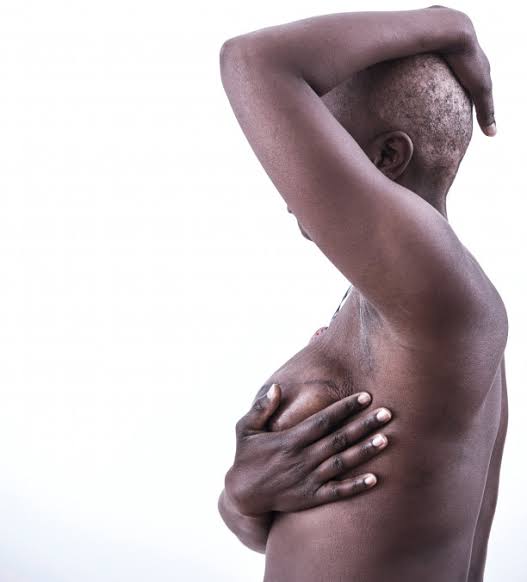EMPOWERMENT
4 new genes linked to breast cancer Discovered

As blood test could identify women at risk, the 4 genes found are called MAP3K1, LZTR1, SAMHD1 and CDKN2A.
Following the identification of at least four new genes linked to the disease, a blood test may help better identify women who are at risk for breast cancer.
Important genes like BRCA1 are already well-known to be associated to breast cancer.Important genes like BRCA1 are already well-known to be associated to breast cancer.
However, researchers have recently discovered four previously undiscovered genes, one of which may increase a woman’s risk of breast cancer by five times.
Important genes like BRCA1 are already well-known to be associated to breast cancer. Famously, a Hollywood actress’s risk of developing breast cancer was increased by a mutation in this gene.
The discovery suggests that future blood tests used to assess the hereditary risk of breast cancer may detect women who would have been ignored in the past.
The four genes found are called MAP3K1, LZTR1, SAMHD1 and CDKN2A.
Professor Doug Easton, who led the study from the University of Cambridge, said: ‘The first major genes linked to breast cancer, BRCA1 and BRCA2, were only discovered in the 1990s, so there is still so much we don’t know.
‘The blood tests currently offered to women with a family history of breast cancer on the NHS to understand their genetic risk are vital, and in the future it might be possible to provide these to all women.
‘But even the five most important genes for breast cancer only explain about 10 per cent of the increased risk in women inherited through their family‘The four genes we have discovered help to explain about another one per cent, which is an important step forward in finding thousands of women at greater risk of breast cancer and offering them more frequent screening. This will make future genetic tests better and more precise.’The research, which was published in the journal Nature Genetics, compared the genes of more than 217,000 healthy women to those of more than 26,000 cancer patients.
With just four letters—A, G, C, and T, which stand for chemicals—each gene in the human body is like a book that contains instructions for the body to build proteins.
Researchers searched the text for single-letter “typos” that would prohibit the body from producing or interfere with the function of a protein crucial for avoiding breast cancer.
Although it is uncommon, they believe that such an error in the MAP3K1 gene could increase a woman’s risk of developing breast cancer by a factor of five.











